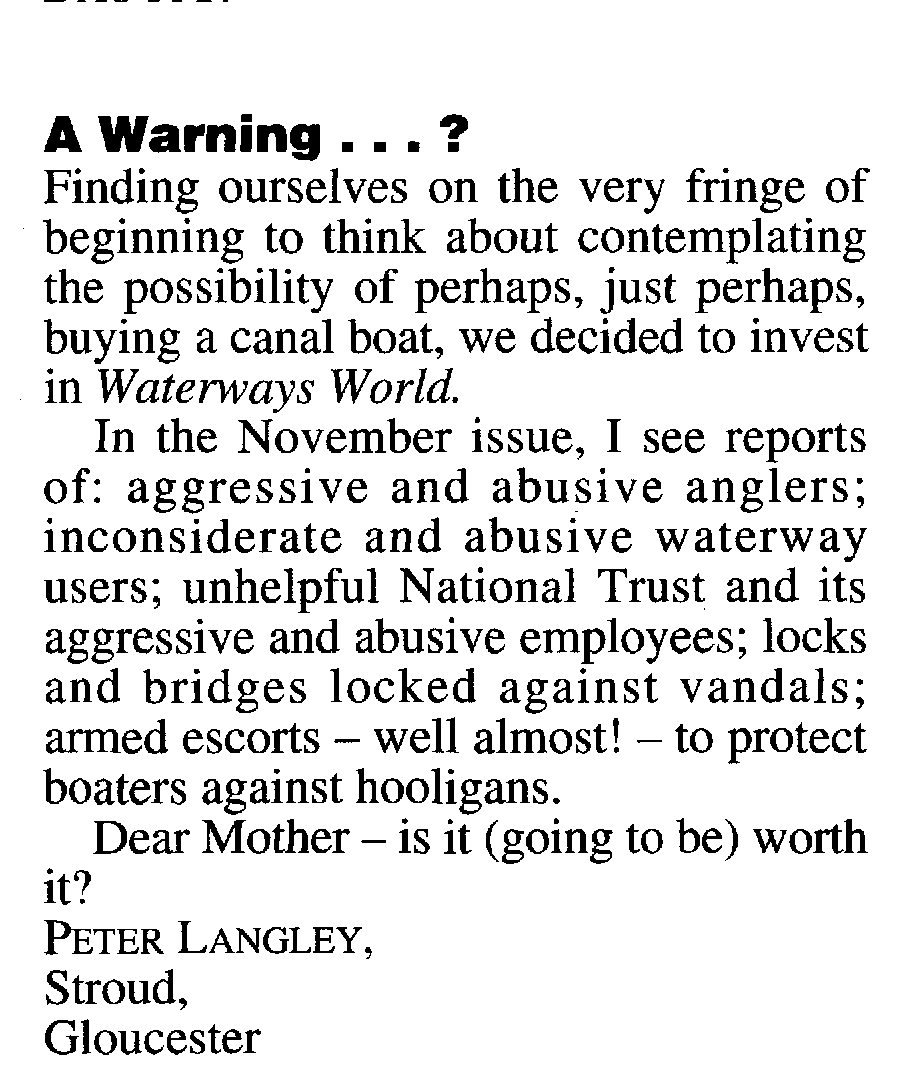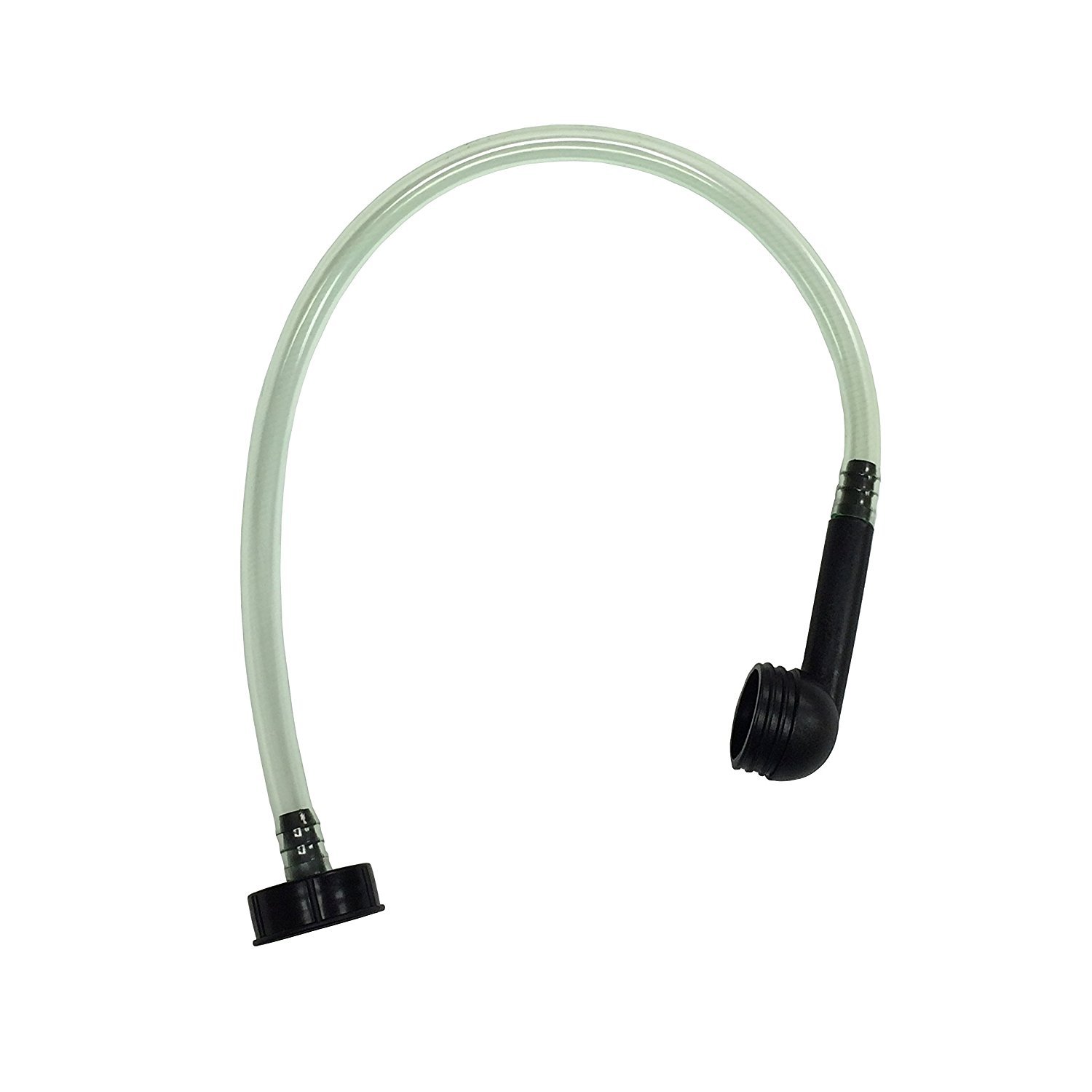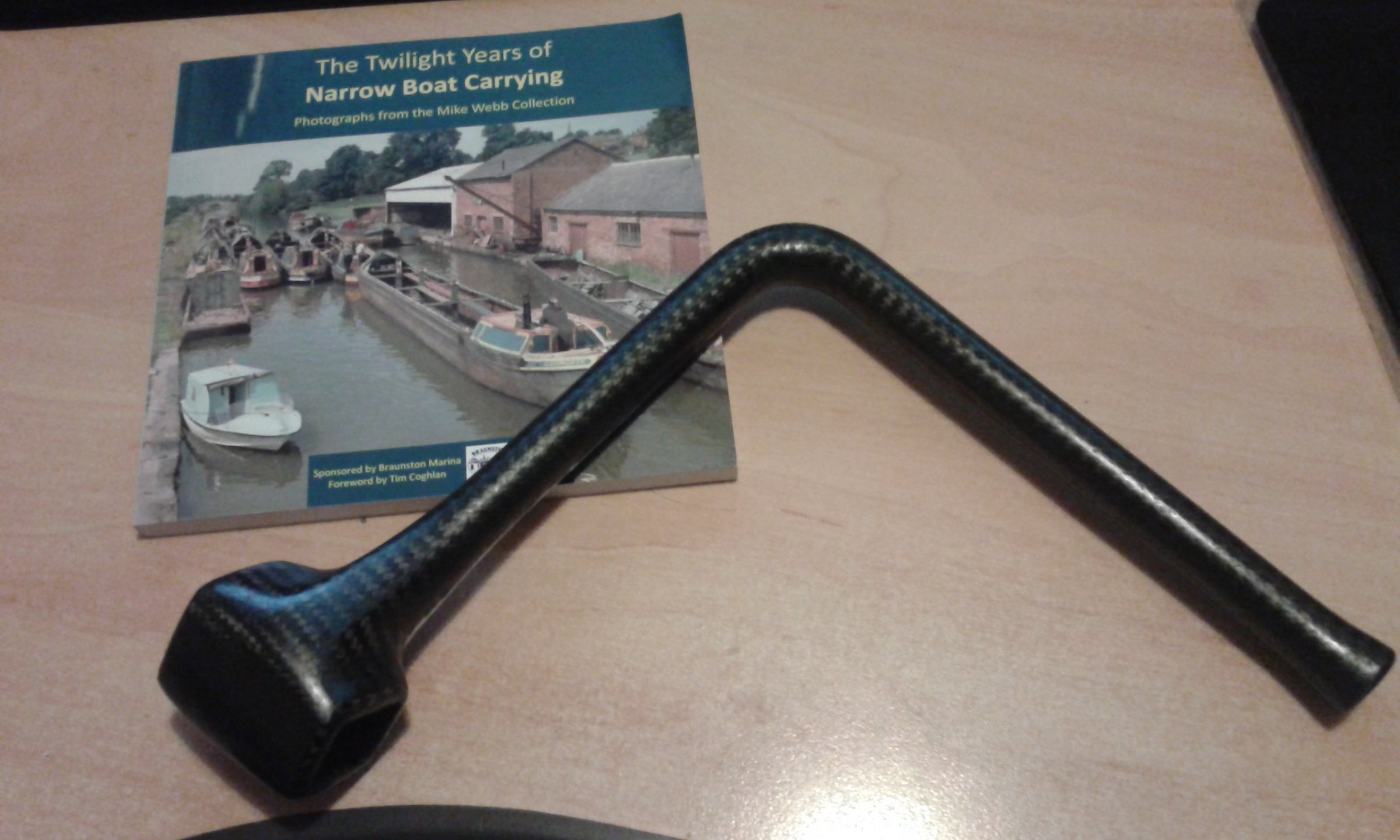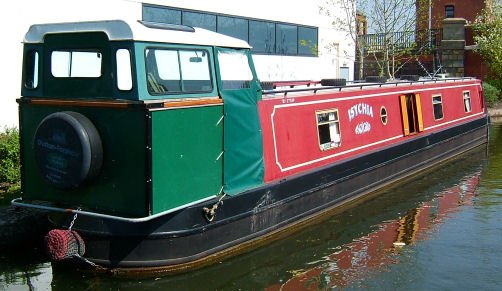-
Posts
10,088 -
Joined
-
Last visited
-
Days Won
6
Content Type
Profiles
Forums
Events
Gallery
Blogs
Store
Posts posted by Ray T
-
-
-
Any good? Not as harsh as Nitromors.
https://www.wikihow.com/Remove-Paint-from-Metal-and-Plastic-Models-with-Dettol
-
A selection here: http://www.boomsbeat.com/articles/166786/20161106/top-5-best-battery-water-filler-for-sale-2016.htm
To get into awkward places:
-
-
4 hours ago, andyberg said:
Sounds like a normal working day in 'times gone by' for the traditional carrying boatmen & their families.
I'm all for keeping the early boating traditions alive, collarless shirts & waistcoats, ribboned plates, scumbling, chimney chains and fighting on the towpath at mooring up times!!
17 minutes in:
-
 1
1
-
-
-
4 hours ago, Jen-in-Wellies said:
And now they have the option of walking to their ice breaking work site with the duck lanes CaRT have marked out on the tow paths. Shame they can't see the lane markings under the snow.
Jen
CRT's latest towpath gritting machine, borrowed from the Local Authority as it doesn't have its own.
-
 1
1
-
-
16 minutes ago, magnetman said:
Wouldn't a Northwich and a Woolwich look a bit awkward together? I always like seeing pairs with matching bows.
See page 19 of the recently published book The Twilight Years of Narrow Boat Carrying. It is of Widgeon & Snipe, large Northwich and smaller FMC butty.
"Clearly these boats were not designed to work together, but the latter days of canal carrying involved all sorts of mismatched pairings."
-
-
Thats cos I put my CRT press releases in Waterway News section not General boating.
-
12 minutes ago, alan_fincher said:
Existing thread on this topic here.
Posted mine first.

-
-
When I used to dinghy sail there was a product available called "Go fast white" paint. This was painted on the hull of dinghy's at waterline level and the surfaces of the hull below the water. This paint didn't have a smooth finish but a slightly rough one. The idea was that water "sat" in the tiny indentations so any water flowing across the hull was water against water, i.e. less friction, as opposed to water against gloss paint. The theory being that a gloss hull would have minute air bubbles adhering to the hull in a similar way to water globules on a polished surface which would disturb the laminar flow.
In a similar way could a layer of water adhere to a wooden bottom whereas it wouldn't to a metal one?
Just a theory.
Yes I am aware that most dinghy hulls are capable of planing whereas a narrow boat hull isn't.

Laminar Flow
If the surface is super smooth and the water flow slow, then something called laminar flow can take place. Such flow is linear and non turbulent and as the water particles shear far more easily on each other within that laminar-flow area, frictional resistance can be lowered very significantly (say 30-60%) but only IF in fact, laminar flow can indeed be achieved.
Whether any particular boat can have laminar flow is a subject for much debate—somewhat similar to 'can a multihull plane?'—but even harder to answer. As always, there are many ifs and buts and it's only likely over a small area of the bow, at very low speeds and with a surface prepared to be 'the least likely to provoke turbulent flow'. Actually, there is some talk that porpoises may develop laminar flow over a fair extent of their bodies as experts look for some plausible explanation of why they can travel much faster than their muscle weight would indicate.
Interestingly, they apparently have a skin surface just behind the head, that has microscopically fine ribs that are located not with the flow, but at 90° to it, that are perhaps the secret of how it's achieved. So perhaps we need to paint our underwater bow sections with vertical brush strokes, rather than painting with the flow! :-) I personally think that at speeds under 1.5 knots, a small area of laminar flow 'might' be possible and if so, it would certainly lower resistance at low speed.
For ship models that sometimes go to 20' in length, laminar flow is nearly always apparent in the bow area and in such cases, it so upsets the required calculation of resistance that small pins (or the equivalent) are added to the model in the bow area to actually provoke turbulent flow in order to achieve a more realistic resistance prediction for the full size boat or ship.
http://www.smalltridesign.com/Trimaran-Articles/Boat-Resistance.html
-
7 December 2017
CANAL & RIVER TRUST BEGINS INTERNAL CONSULTATION ON STRUCTURAL CHANGES
Following recent changes to its Executive team, the Canal & River Trust yesterday (6th December 2017) began a 60-day period of internal consultation about changes to its internal structures and a significant reduction in the size of its senior management team.
At the heart of the proposals to transform the organisation is a change to strengthen the accountability of regional teams, and to shift the current waterway management structure to better face the outside world, so the Trust can engage and influence its partners in the most effective way. Subject to consultation, this would see the Trust move from the current ten waterways to six larger regions, and embed more of the current national teams directly into the new regional teams.
Commenting on the news, Richard Parry, Chief Executive, said: “These changes are about re-focussing and simplifying the organisation so that we enable everyone across the Trust to make their greatest possible contribution, to serve our customers and support local communities to enjoy their local waterway. We have to find ways to do more and cost less to ensure a secure and sustainable future for the Trust.”
The Trust anticipates making further announcements about the new structures in Spring 2018.
ENDS
For further media requests please contact:
Fran Read, Canal & River Trust
m 020 3204 4420 e fran.read@canalrivertrust.org.uk
-
I did say: To my knowledge not all steel hulls were built as above.
-
10 hours ago, David Schweizer said:
As no one on here so far has admitted to ever steering a working boat with wooden bottom, I with throw my three hapence in. Back in the 1960's I used to crew Pisces which was a Small Northwich riveted iron hull with an elm bottom. As I had nothing to compare it with, I cannot state whether it was easier or harder to steer than a steel boat with a steel bottom, but one thing I can remember was that there were always several inches of water in the bottom of the boat, and whilst it was pumped out regularly some water had to be maintained in order to prevent the upper surface of the bottom boards from drying out. I wonder whether that dead weight in the bottom of the boat made it more stable.
One other point about wooden bottoms, It has been suggested that the wooden bottom was contained within the hull sides. I am not sure that is correct, my recollection is that the bottom was underneath the hull sides, being pinned to them through the cast knees. the edges were then protected by a semi eliptical guard iron pinned to the sides of the bottom boards.
Wooden bottom with a steel hull for comparison
To my knowledge not all steel hulls were built as above.
-
 1
1
-
-
-
12 hours ago, magnetman said:
Not a bloke? Is he a woman then?
OK fair enough I went off on a tangent there. Anyway I found it interesting while it lasted but as you say nobody uses narrow boats commercially any more so it irrelevant really.
"Nobody uses narrow boats commercially any more." What about many historical boats still used to deliver coal, fuel etc. If that isn' t commercial use I don't know what is. May I suggest you look at the fuel boats tracking thread. Nick Wolfe in Aldgate is very much a commercial enterprise. Aldgate is an ex GU large Woolwich.
Also:
-
21 minutes ago, magnetman said:
This wooden bottom discussion thing started with a comment by Ray T about a bloke called Mike H.
I've no idea who he is but I admit I assumed he was someone who at some point steered loaded narrow boats in commercial trade.
Happy to be wrong but that was what I was basing my comments on.Mike H is a retired Narrow boat captain who worked for Barlows and BW. He comes from 5 generations of boaters. His first boats were the motor Gort and the butty Grace, he took charge of these at the age of 15. So he is not just "a bloke". Besides it was Billybob Booth who first mentioned wooden bottomed boats.
Also you have to be aware that through lack of opportunity many boaters were educationally deprived. That however did not mean they were thick, far far from it. They had a lot more savey than many who use the cut today.
-
-
2 hours ago, magnetman said:
Did you ask Mike H about why boats with wooden bottoms swim better?
Yes, I did, but he said "I only know they do, not why."
-
-
6 December 2017
CANAL CHARITY LAUNCHES NEW PONTOON IN WIGANBoaters and canoeists are set to benefit from a new £80,000 pontoon at Wigan. This joint project between Canal & River Trust and the charity’s Desmond Family Canoe Trail programme is great news for boaters and canoeists exploring the historic Leeds & Liverpool Canal.
The 30-metre long pontoon is next to the Trust’s new office at Trencherfield Mill in a perfect spot for getting to the restaurants, bars and shops in Wigan town centre and to nearby transport links. Twenty metres of the pontoon have been designed for boaters to use, with 10 metres built at a lower level suitable for kayaks and canoes. The entire pontoon is DDA friendly.
Boaters will be able to moor on the pontoon for up to 24 hours. There is a water point available in the vicinity and in the coming months the Trust is aiming to install a waste facility and CCTV.
The Desmond Family Canoe Trail is the longest of its kind in the UK, stretching for 162 miles from Liverpool to Goole along the Leeds & Liverpool Canal and Aire & Calder Navigation. The pontoon will offer canoeists paddling the trail a convenient point to disembark and take a break at Wigan – about a quarter of the way along the route from Liverpool – and is next to the project’s canalside Wigan hub on Pottery Road, where the team run canoeing sessions and activities for young people aged 16-25 years old
Greg Brookes, programme manager for Canal & River Trust’s Desmond Family Canoe Trail, said: “We wanted to create a new hub on the 162-mile trail in Wigan on the Leeds & Liverpool Canal. Wigan’s perfectly positioned for canoeists to stop, stock up and relax in. We wanted a new pontoon here to enable canoeists easy access both onto, and getting out of, the water.
“This pontoon is also an important resource for boaters who want to get to Wigan Pier and a place to moor during their visit to our office in Trencherfield Mill. As a charity we are continually looking for opportunities to improve the waterways, with help from everyone who uses them, lives on them or visits. This is a good example of the type of enhancements we can make if we work together.”
For further information about the Desmond Family Canoe Trail and how to get involved please contact the team at: Coastto.Coast@canalrivertrust.org.uk.
ENDS
For further media requests please contact:
Fran Read, national press officer, Canal & River Trust
m 07796 610 427 e fran.read@canalrivertrust.org.uk
-
Just now, Athy said:
From what is it shortened? I've of shortnin' bread, but...
Q for a song:









![33Visit_DerwentValley_HalfADay-1024x768[1].jpg](https://www.canalworld.net/forums/uploads/monthly_2017_12/5a2c14871f36c_33Visit_DerwentValley_HalfADay-1024x7681.jpg.cb92d0f35e888963b31c10ee646aa8b9.jpg)

![s-l1000[1].jpg](https://www.canalworld.net/forums/uploads/monthly_2017_12/5a2aa5586c299_s-l10001.jpg.5a2ee6766ffb1e6b2ee88230be2b096a.jpg)







The good old days?
in General Boating
Posted
Coincidentally from the same edition......